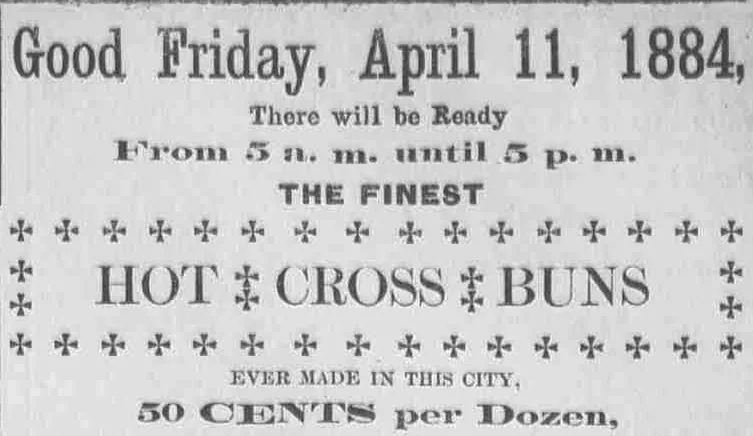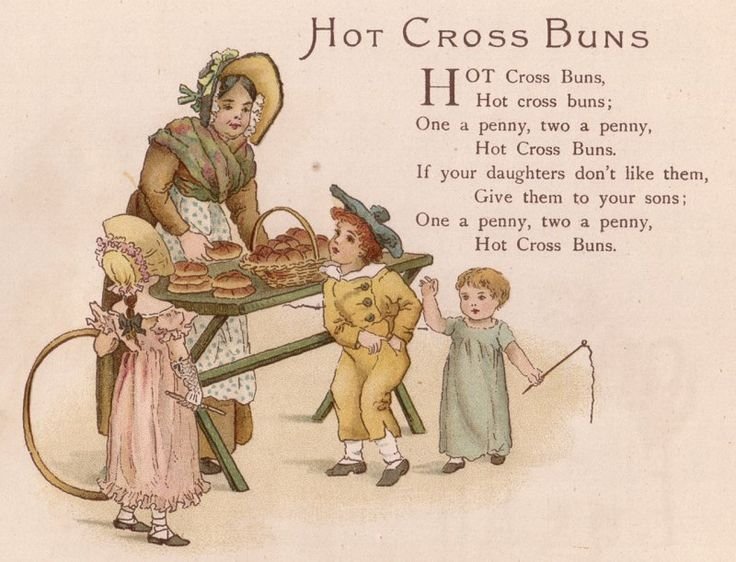The Hot Cross Bun
In the heart of PA Dutch Country, Easter traditions begin a little over six weeks before Easter Day with the celebration of Fasnacht Day, otherwise known as Shrove Tuesday or Fat Tuesday. Fat Tuesday comes the day before the kickoff of the Lent season, where Christians traditionally fast from various luxuries of in their life including rich ingredients like butter, lard, and sugar of which the Fasnacht is made. And those ingredients make Fastnachts delicious. Slightly crispy on the outside and a little less sweet than the typical doughnut, people stand in line on the day before ash Wednesday for these gourmet German Doughnuts.
While many shy away from sweet treats for Lent, there is one famous roll that has expanded in popularity from a Good Friday delicacy to a season-long splurge, the hot cross bun. These lightly spiced buns are current filled and each is marked on top with a icing cross. They are delightful, sweet, and can be found on kitchen tables across Lancaster County in the weeks leading up to Easter.
How they are made and decorated is also filled with a significant amount of symbolism. The icing cross on top represents the crucifixion of Christ and His resurrection. Similarly, the spices in the dough represent the spices with which the body of Jesus was wrapped during His burial described in John 19:40. The bread represents the body of Christ, and the breaking of it can represent both the last supper as well as Christ's death.
This origin of the Hot Cross Bun is not totally agreed upon since, unlike today, folks in those days did not typically write about the food they were baking. The city of St. Albans in England has the earliest claim to being the buns creator, where Brother Thomas Rocliffe is said to have distributed a similar type of baked good to the poor on Good Friday beginning in 1361. Over 200 years later, a decree by London Clerk of Markets can also be found describing hot cross buns, or more specifically the apparent banning of it by the government due to its symbolism. And perhaps the earliest, most well known documents showing a hot cross bun showed up in the Poor Robin's Almanac in 1733.
So whether you enjoy hot cross buns as part of a family tradition, or if you're simply looking for a unique way to spruce up your evening meal, stop by to try out our popular take on this historic bun. Only available during Lent!



